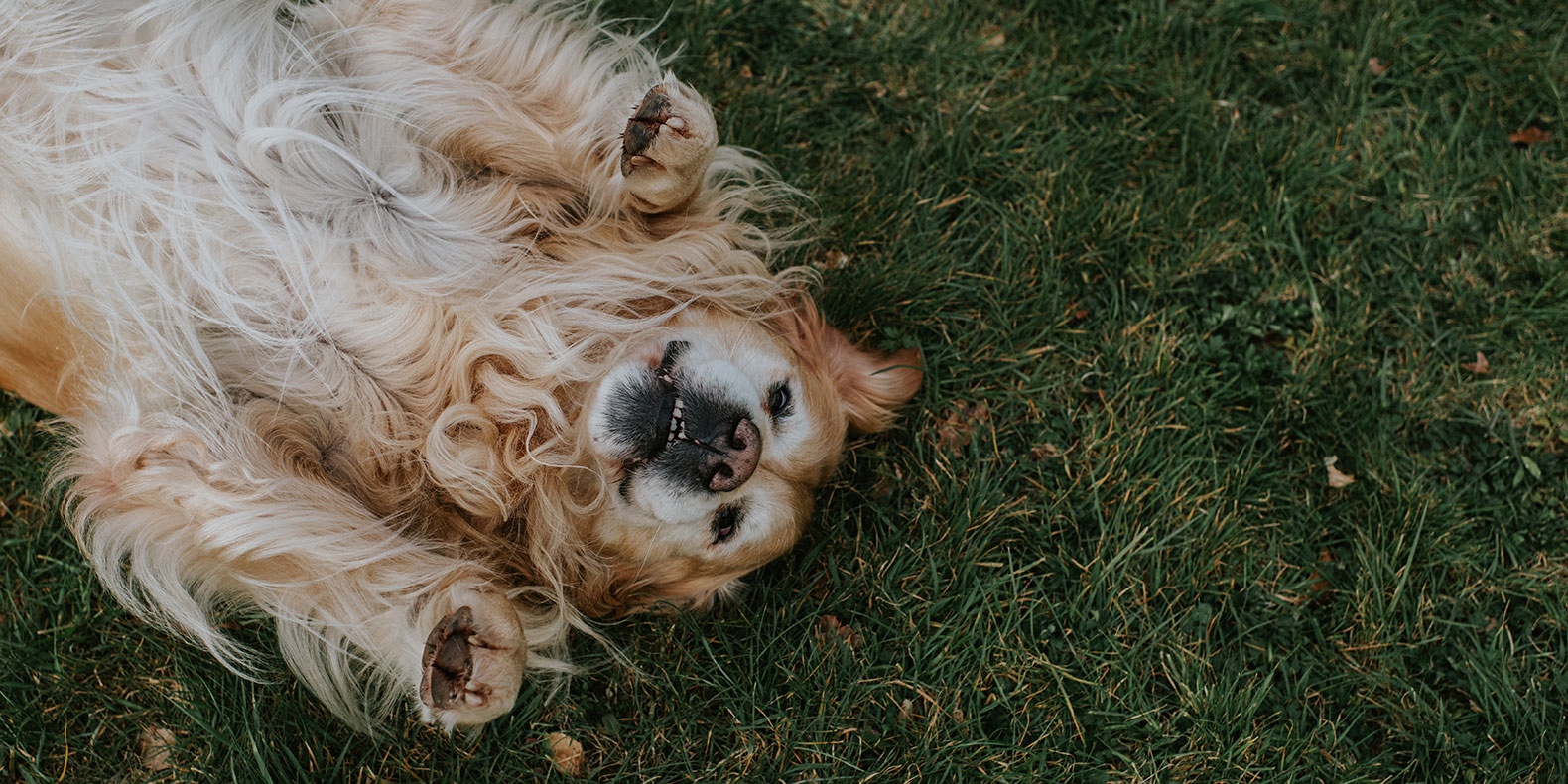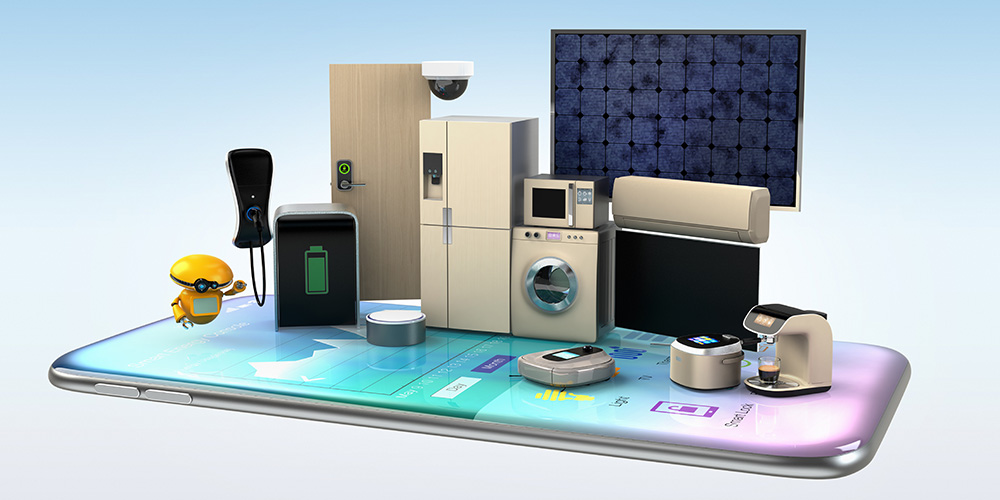Pets are found in 62% of homes, and nine out of 10 owners consider them a part of their families. Considering those stats, it makes sense that in addition to protecting the people in our homes, many of us also want to make sure our cuddly, furry or—dare I say—scaly friends are also safe and well cared for.
Home security systems help keep pets protected by providing added visibility and monitoring capabilities, otherwise lacking. From burglary to mischievous pet activity, you'll be in the know and able to respond proactively to prevent or mitigate risk to your critters.
That said, pet ownership also brings additional considerations for security system set up and configuration to make sure alarms aren't accidently triggered. Below, we outline best practices and possibilities when you own both a security system and pets.
Configure Your System with Pets in Mind
It's common for pets to accidently trigger home security motion detectors and cause false alarms. This is dangerous because homeowners and emergency personnel may not know immediately if it is a pet or real threat that tripped the alarm, which can have implications on how they respond. To prevent this, configure your system to accommodate animals during the installation stage.
While your home security specialist can provide specific options based on your unique needs, pet-friendly options exist. They are typically designed to accommodate pets up to a certain weight (for example, 80 pounds). Another way to deter false alarms is by positioning motion sensors at a higher elevation—waist-level perhaps, so pets can move around freely below them without accidently setting off an alarm.
Check In On Pets When Away
With a home surveillance system in place, view live video footage of your pets when you're away, and ensure they are okay and not causing havoc in your absence.
Simply, log in to your home security system via a web browser or your smartphone to see what they are doing in real time. This eliminates surprises like sick animals, chewed-on furniture or pets entering unwanted areas of the home.
You can also configure your system so that you're notified if certain sensors are triggered. For example, perhaps you want to be alerted if your dog gets into the cleaning cabinet because you're afraid of poisoning, or maybe you want to know every time your cat goes in and out of its cat door. Your security consultant can offer recommendations on the proper configuration to meet your needs.
Monitor Environmental Conditions
Some animals require a specific temperature to thrive. With environmental hazard monitoring solutions, sensors can be set up to alert you if the room gets too hot or too cold based on preset thresholds. You can then remotely adjust the thermostat from your smartphone to keep Fido or Garfield happy.
Likewise, if you have an aquarium, use water sensors to alert you if the tank is leaking. This protects your fish and other aquatic pets, while also safeguarding your home from accidently flooding.



